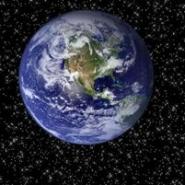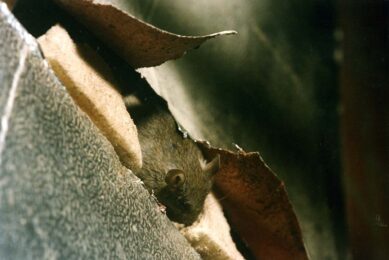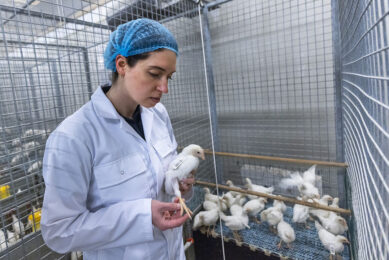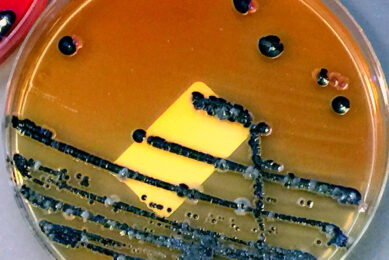Salmonella grown in space is more deadly

Salmonella bacteria sent into space on a shuttle came back to earth genetically altered and significantly deadlier.
According to an article on the the London Free Press, Salmonella was sent into space in special test tubes on board the space shuttle Atlantis in September 2006. On its arrival back to earth, scientists discovered that the bacteria were three times more deadly to laboratory mice than the same germs grown in identical containers and at the same temperature and humidity as on the spacecraft.
Bacteria grown in space showed altered protein production arising from 167 of their approximate 4,000 genes, which made them far more virulent than their earth-bound counterparts, says researcher James Wilson of the National Academy of Sciences.
Twelve days after the bacteria returned to earth, lab mice were given varying doses of the salmonella. After 35 days, 40% of the mice given the bacteria that remaine don earth were still alive, however, this compares with the 10% of mice that staying alive that were given the salmonella sent into space.
Additionally, Wilson said that it took about one-third of the bacteria from the orbiting shuttle to kill half the mice, compared with the salmonella on earth.
Related links:
Join 31,000+ subscribers
Subscribe to our newsletter to stay updated about all the need-to-know content in the poultry sector, three times a week. Beheer
Beheer








 WP Admin
WP Admin  Bewerk bericht
Bewerk bericht